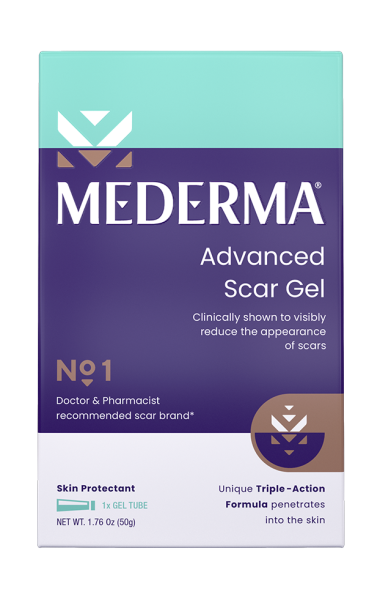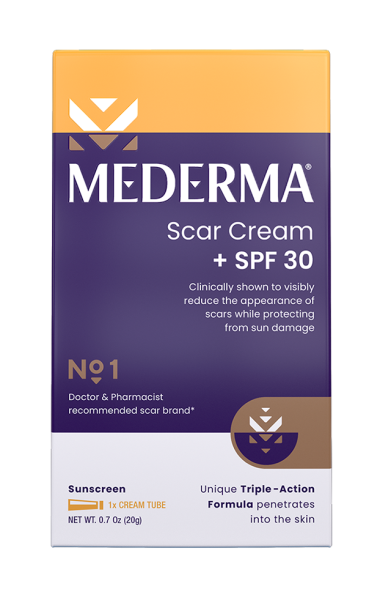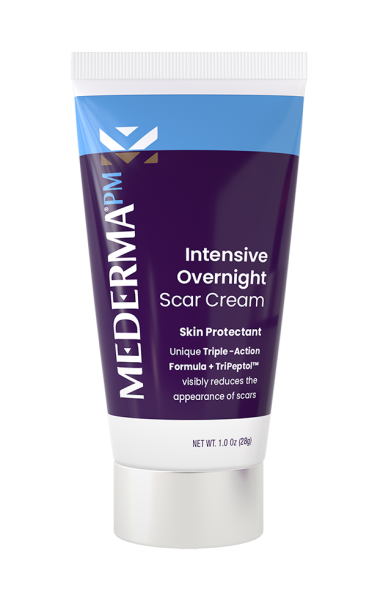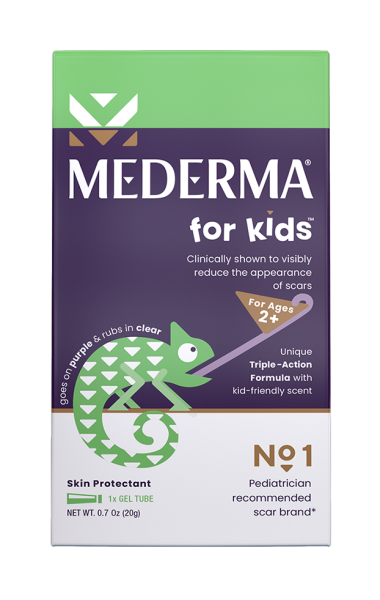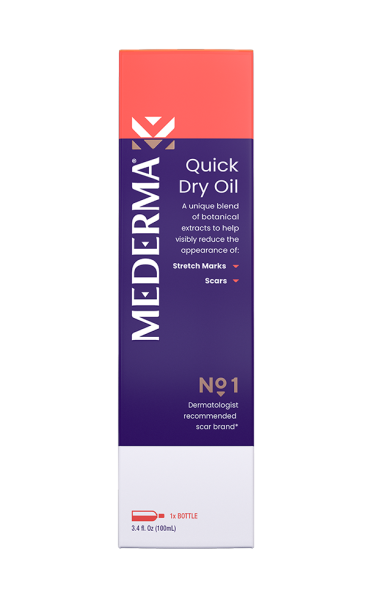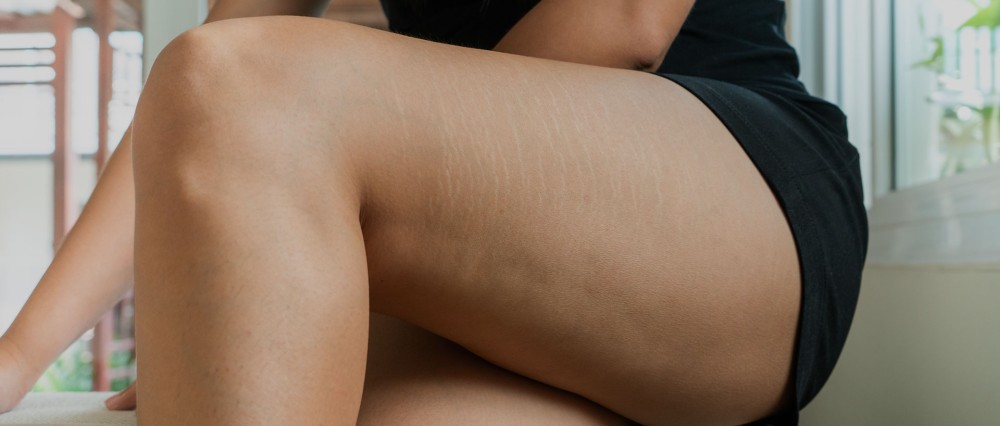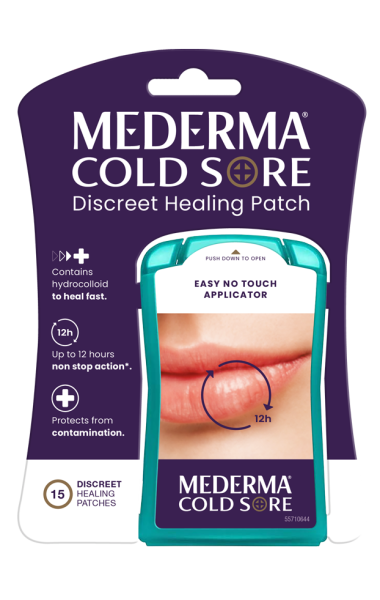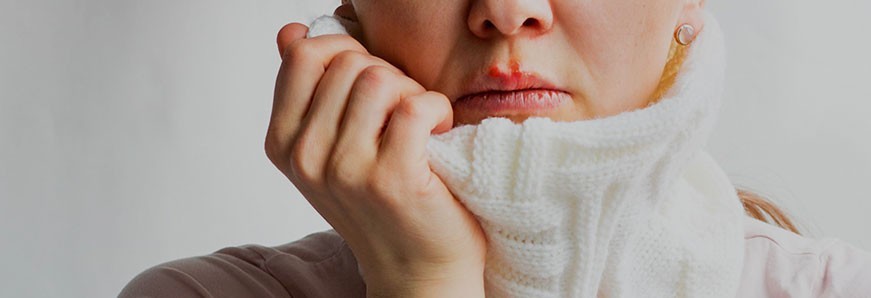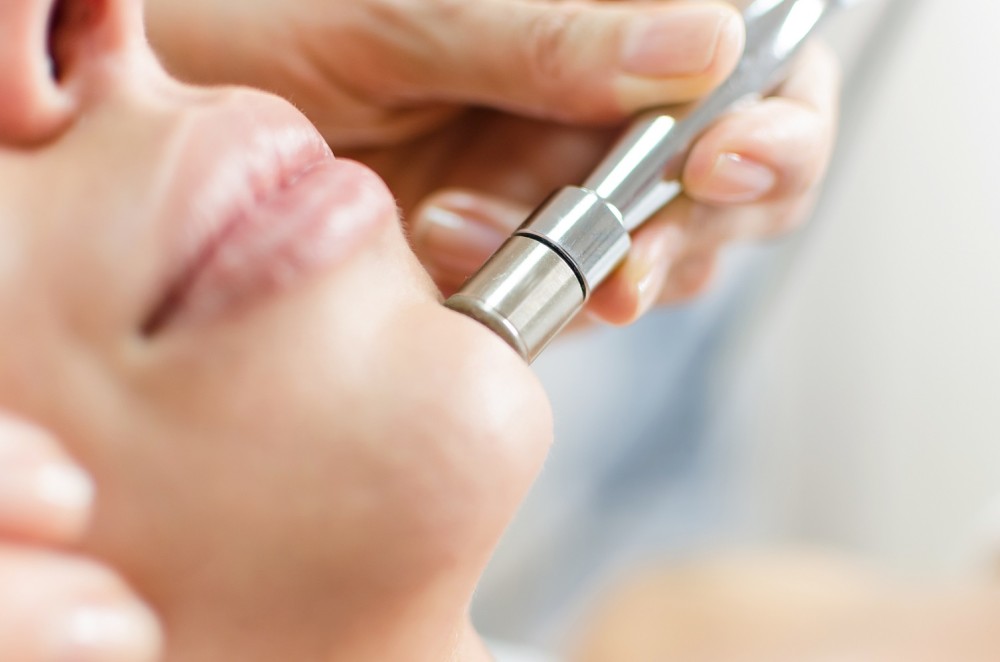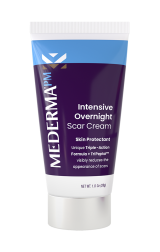If you have experienced – or are currently dealing with – acne, you’re not alone. Nearly 90% of teenagers and roughly 80% of people aged between 11 and 30 have acne[1].
One in five people in this age range will be left with acne scars, which happen because of pore inflammation and skin tissue damage such as through picking or squeezing pimples. If you’re looking to reduce the appearance of your acne scars, there are a few options for you.
- Acne scar creams, gels and skincare routines can help reduce acne scar appearance
- Cosmetic procedures carried out by a dermatologist are an option
- Assess the type of acne scarring you have and your general skin condition to find the best solution
In this article:
- How to get rid of acne scars
- When to treat acne scarring
